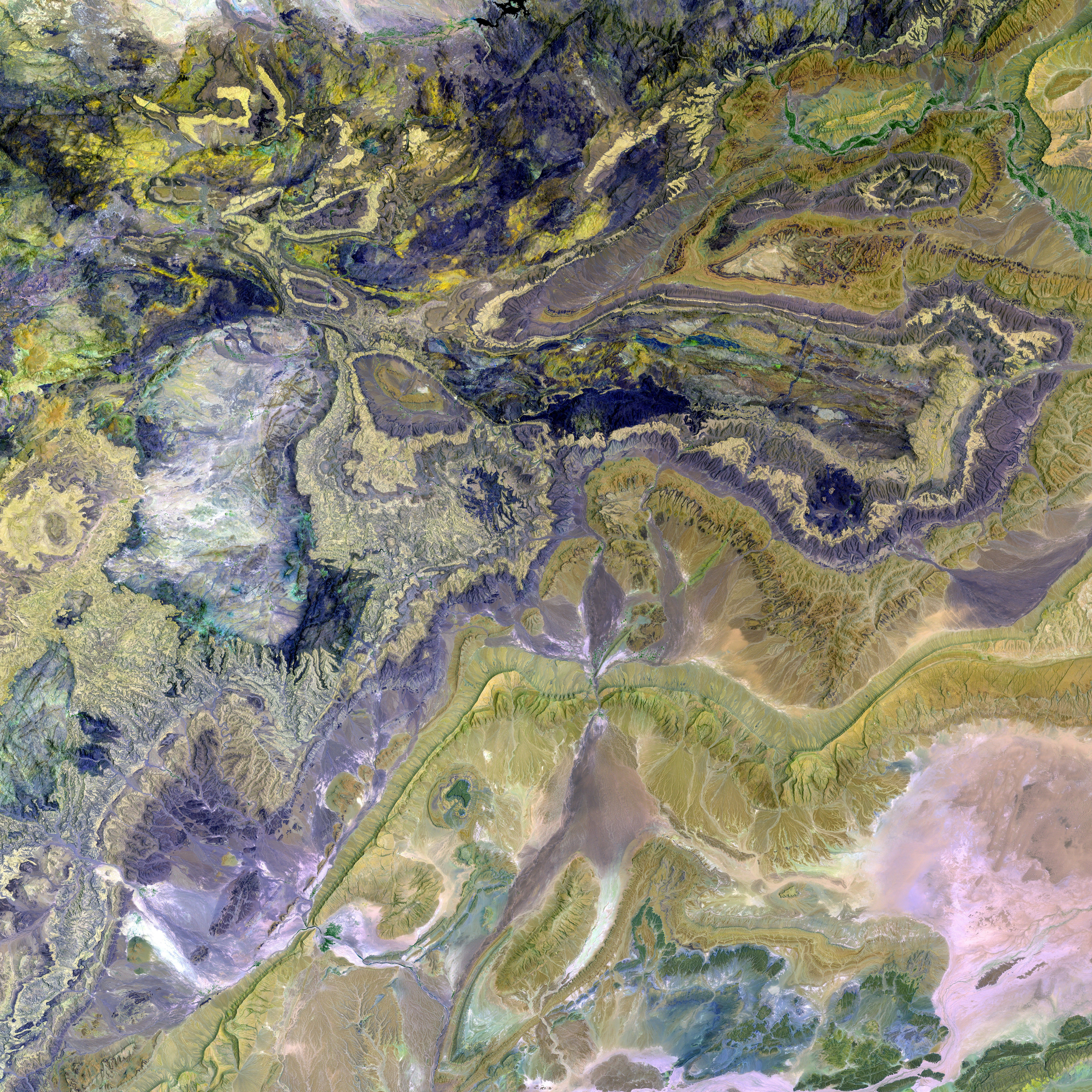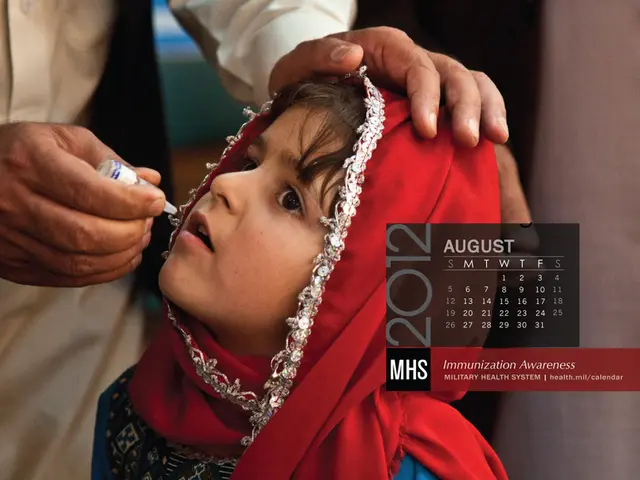Distinguishing Age Spots from Skin Cancer: Recognizing the Signs and Differences
Rewritten Article:
Aging skin can bring about unwanted appearances like age spots. These spots, while harmless, might resemble certain types of skin cancer or precancerous growths. Here's a breakdown of age spots and skin cancer, their differences, symptoms, diagnoses, and treatments.
Age Spots and Skin Cancer: What's the Difference?
Age spots and skin cancer can seem similar, but unlike skin cancer, age spots are sans threats and do not require treatment or removal.
Age Spots
Known as solar lentigines or liver spots, age spots appear as small, dark patches on the skin that are generally flat and smooth. Unlike skin cancer, age spots do not cause discomfort like itching or crustiness. Age spots appear due to the body overproducing melanin to protect the skin from sun damage. Any skin tone can develop age spots, with an increase in occurrence from middle age onwards.
Skin Cancer
Distinct from age spots, skin cancer is a harmful condition that progresses if left untreated. Skin cancer is most common on sun-exposed areas due to UV radiation damage from the sun or tanning beds. Skin cancer happens when skin cells are damaged, causing them to rapidly grow and multiply out of control.
Three common types of skin cancer include basal cell carcinoma, squamous cell carcinoma, and melanoma. Another condition that might be confused with age spots is the precancerous growth actinic keratosis.
Can Age Spots Turn into Cancer?
Age spots cannot transform into cancer. However, actinic keratosis, which can look similar to age spots, is a precancerous growth. If left untreated, actinic keratosis could develop into cancer. Keep a close eye on any new or changing skin marks, and consult a healthcare professional if any skin cancer or actinic keratosis symptoms emerge.
Symptom Comparison
Age spots and skin cancer can be differentiated based on their symptoms.
Age Spot Symptoms
Age spots are:
- Flat and smooth
- Yellow, brown, or gray
- Defined with clear borders
- Between a few millimeters to centimeters in size
- On sun-exposed areas like the face, hands, shoulders, feet, arms, and back
Age spots tend to fade in winter and become more prominent in summer.
Skin Cancer Symptoms
Skin cancer symptoms vary, depending on factors like the type of skin cancer. Signs that a skin growth might be cancerous include:
- Asymmetrical shape
- Irregular, blurred, or ragged edges
- Changing size, color, or shape
- Multiple colors on the same spot
- Pink, blue, purple, black, or brown coloring
- Raised, red patches
- Pale or yellow firm patches similar to scars
- Pain, itching, oozing, or bleeding
- Crusty or scaly patches
- Raised edges that lower in the middle
Signs of actinic keratosis include:
- Raised, rough, or scaly patches
- Red, gray, pink, or skin-colored patches
- Flat, scaly patches that look similar to age spots
- Scaly, rough bumps that cluster like acne
- Pale or scaly patches on the lips
- Horn-like growths
When to Contact a Doctor
Reach out to a medical professional if any unusual changes occur on your skin. Early skin cancer detection can make treatment easier and improve health outcomes. Contact a doctor immediately if a skin mark:
- Changes in color, shape, size, or location
- Looks different from other marks on the skin
- Itches, crusts, scabs over, or bleeds and does not heal within four weeks
Diagnosis
A doctor performs a physical examination to diagnose age spots. If unsure, a skin biopsy might be conducted to test for other conditions like skin cancer or actinic keratosis. The results indicate whether a person has skin cancer or another skin condition.
Treatment
Treatment for age spots is usually unnecessary because they are not harmful. Some people may opt for cosmetic treatments to reduce their appearance, such as topical creams, chemical peels, or laser therapy. A dermatologist can recommend effective treatments.
If skin cancer is detected, treatment options vary based on the type and stage of cancer, as well as the person's individual circumstances. Basal cell and squamous cell cancers may be surgically removed if possible. Treatments for skin cancer and actinic keratosis can include topical therapies, radiation therapy, chemotherapy, immunotherapy, or systemic medication.
Conclusion
While age spots, skin cancer, and actinic keratosis might look alike, there are differences in their appearances, symptoms, and treatments. It's essential to monitor any changes in your skin, particularly new and changing marks, and seek medical attention if necessary. Early detection and intervention could improve outcomes for actinic keratosis and skin cancers.
- Age spots, while resembling certain types of skin cancer, are harmless and do not require treatment.
- Known as solar lentigines or liver spots, age spots appear as small, dark patches on the skin, typically on sun-exposed areas.
- In contrast to age spots, skin cancer is a harmful medical-condition that develops due to UV radiation damage and requires prompt medical attention.
- Skin cancer usually appears on sun-exposed areas and is characterized by asymmetrical shape, irregular borders, changing size or color, and other distinctive symptoms.
- Actinic keratosis, a precancerous growth, might be confused with age spots but could develop into skin cancer if left untreated.
- It is important to monitor new or changing skin marks and consult a healthcare professional if any symptoms of skin cancer or actinic keratosis emerge.
- Treatment for age spots is usually cosmetic, while skin cancer treatment varies based on factors like the type and stage of cancer, and individual health-and-wellness circumstances.
- Regular skin-care, including protective measures against UV radiation, can help prevent skin conditions like age spots and skin cancer, and promote overall health-and-wellness.








